
Engine oil is among the most important elements that are the lifeline of every car. Every responsible driver or car owner always checks it before driving which shows the importance of it. It is important for everyone to understand how to choose the best oil for their cars. This blog is a complete and comprehensive guide for you in this regard. At the end of it, you will know all major motor oil types, their standards, grades, and more. Most importantly, you’ll know the best engine oil for your car.
You may also like:
Let’s begin with the basics.
Why does your car need the engine oil?
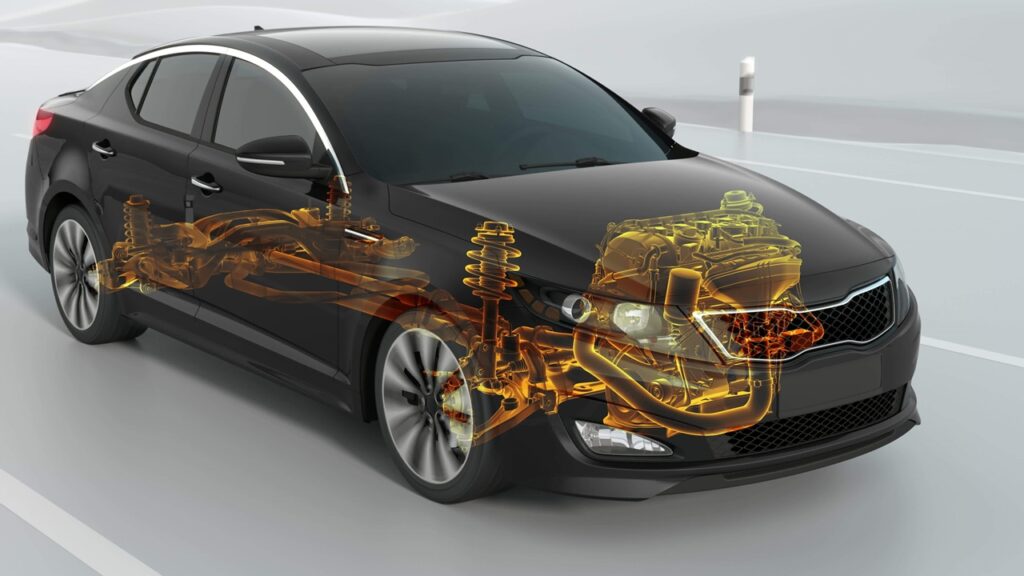
Motor oil helps the engine run smoothly, increases its life span, and decreases fuel consumption and CO2 emissions. It has many other purposes that are as follows.
Roles of motor oil:
- Provides lubrication
The main role of every motor oil is to provide lubrication. It helps reduce friction between the moving parts of an engine that help in delivering promised performance by the car manufacturer.
- Keep the engine and associated parts cool
Friction produces a huge amount of heat that can damage various parts. Oil reduces the friction and ultimately helps in cooling down the parts. It distributes the heat evenly and assists coolant in reducing the temperature of various parts and chambers.
- Cleaning
It is a little known role of the motor oil as it plays a crucial role in cleaning the dust, deposits, and microscopic impurities.
- Protect against corrosion
Motor oil slows down the engine corrosion for a specific period. After that period, it must be changed as it loses its anti-corrosion ability.
- Essential for sealing
It acts as a sealing agent between the pistons and cylinders.
Types of engine oil
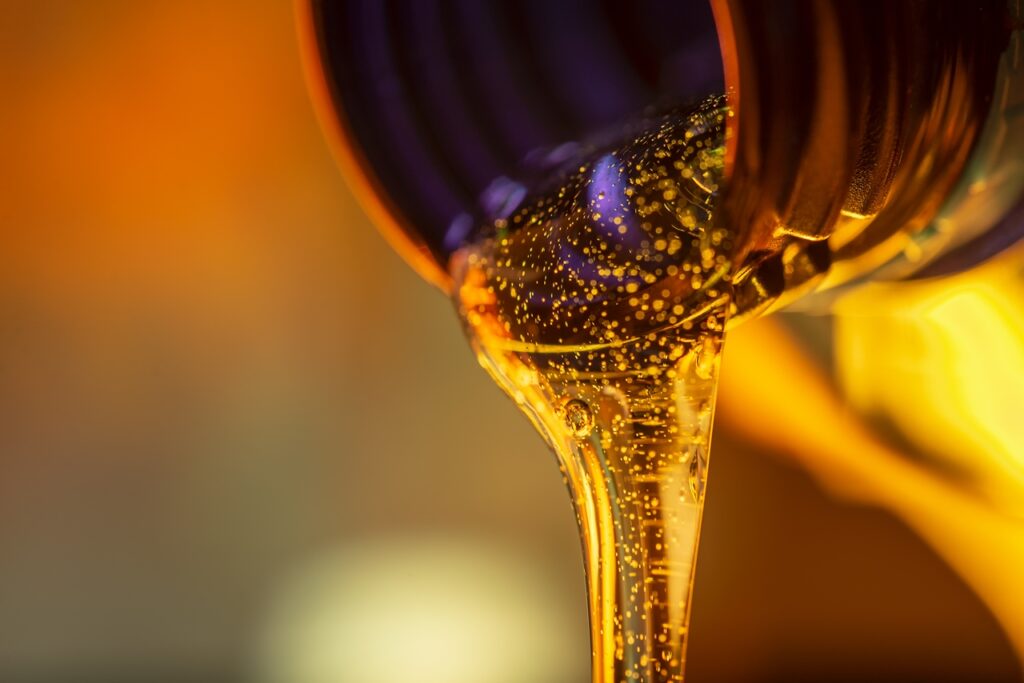
There are three major types of motor oil in the market. It is important to understand what these types are and their benefits.
1) Mineral oil
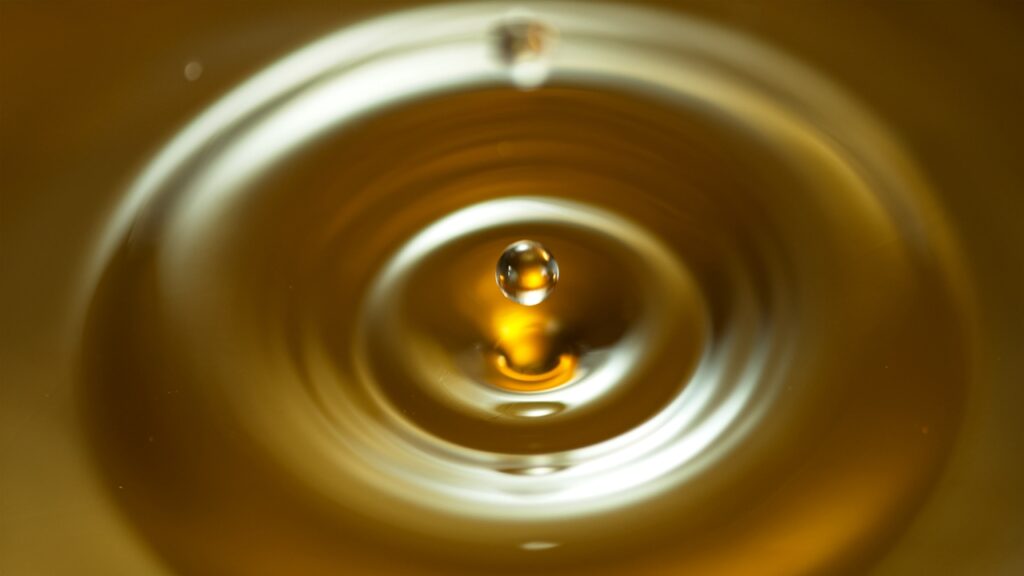
It is the conventional type of motor oil that is based on refined petroleum. This type of lubricant is suitable for old car models especially with non-turbocharged engines. They are thicker and suitable for moderate weather conditions (not for extreme temperatures).
2) Synthetic oil
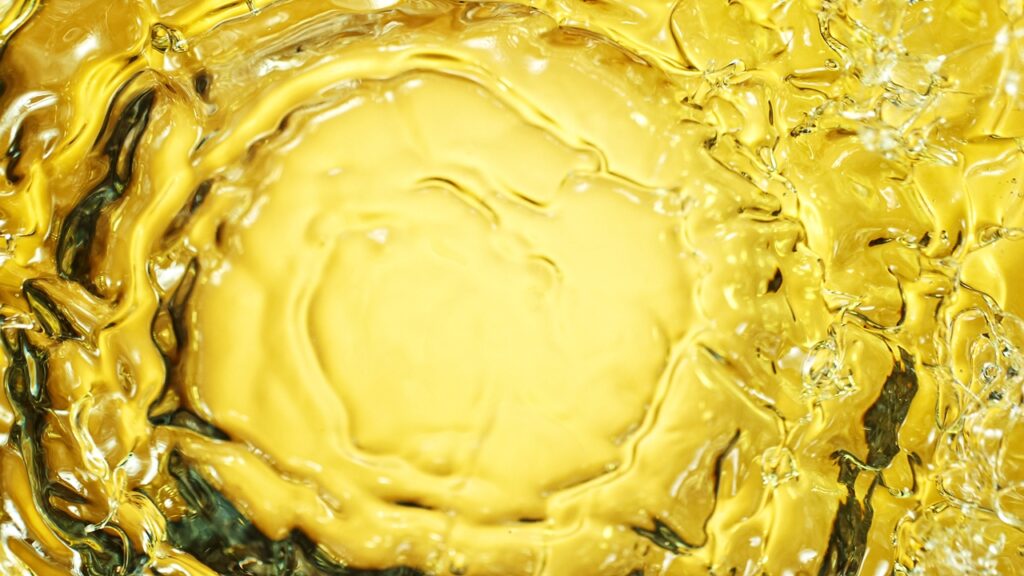
It is man-made oil that provides superior performance due to its chemical modifications. It comes in various grades as per different weather conditions. It can withstand extreme temperatures depending upon the grade.
Difference between synthetic and mineral oils
Here are key differences between synthetic and mineral oils:
| Synthetic | Mineral |
| Man-made | Derived from refined crude oil |
| Transparent in color | Transparent with darker tone |
| Useful in performance demanding situations | Beneficial for everyday driving |
| Expensive than mineral | Cheaper |
| Cannot bear extreme weather conditions | Withstand different weather conditions depending upon grades |
| Useful for conventional car models | Compatible with latest engines |
| Lasts longer than mineral | Require frequent changing |
| Fewer contaminations | Higher contaminations than synthetic |
3) Semi-synthetic oil
It is a blend of synthetic and mineral oils. Due to this blending, it has some benefits of the synthetic lubricant while the price is less.
What are engine oil grades?
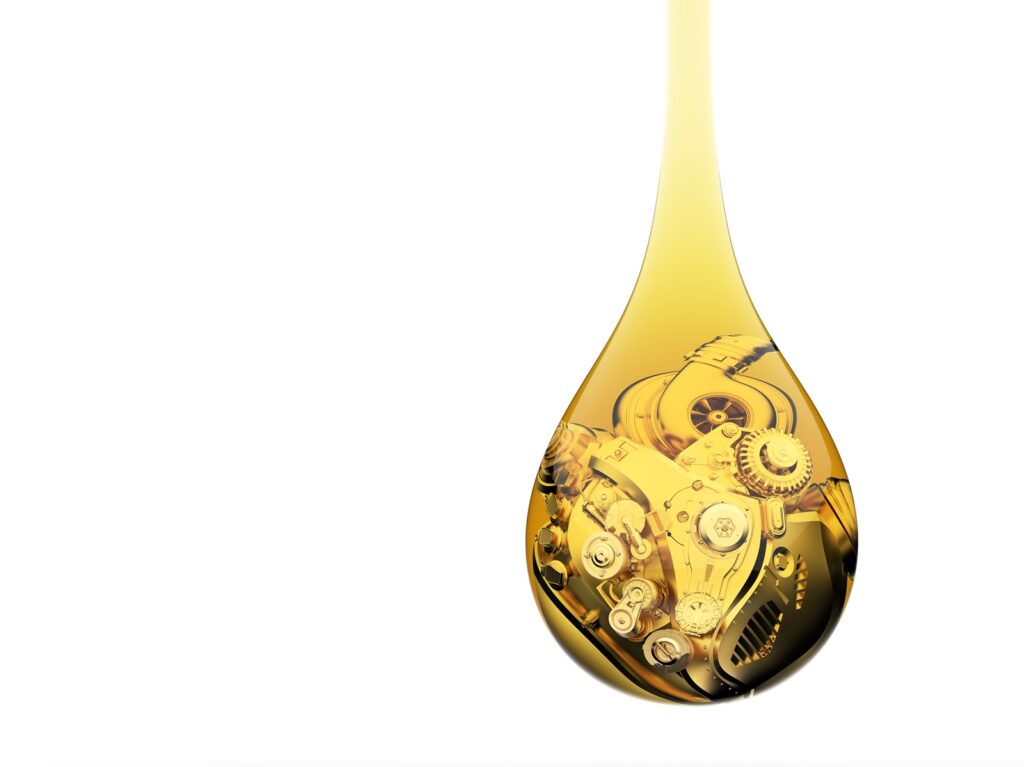
Different types of standards and grades are associated with engine oils. It is important for everyone to understand them as they indicate the quality, performance level, compatibility with the car, and temperature resistance. Here are three main standards in this regard.
- SAE
SAE (Society of Automotive Engineers) is the commonly known standard among the locals to see the grading of motor oils. Ever wonder what 10W 40 on the oil container means? It shows the viscosity of the multi-grade oil. These products have polymers that make them perform better under a range of temperatures.
Digits before W show its viscosity at low temperature (0 degree centigrade). The digits after W show its viscosity at high temperature (100 degree centigrade). The lower the number, the thinner / less viscous the product will be. It means a 20W 50 product will be thicker / denser at 0 degree centigrade and 100 degree centigrade than the 5W 30 product. The 10W 30 formula product will be thinner at 100 degree centigrade than the 10W 50 product. However, they have the same viscosity at 0 degree centigrade as both have the same 10 grade before W.
- ACEA
ACEA (Association des Constructeurs Européens Automobile” in French) is the standard of the European Automobile Manufacturers Association that indicates the compatibility of oil. It consists of an alphabetic letter and a number such as A3, C5, E6, etc. The letter that indicates the class and a number defines the category. There are separate categories for oils having different purposes or applications within the same class. Here is what it’s letters and alphabets mean in detail.
What do the letters indicate?
A: Petrol engine
B: Diesel engine
C: Light engines with catalytic converters
E: Commercial vehicle / truck engines
What does the combination of letters and numbers indicate?
| A1/B1 | Petrol and light duty diesel engines (low friction and low viscosity) |
| A3/B3 | High performance petrol and diesel engines (stable and extended drain intervals) |
| A3/B4 | Direct injection diesel and petrol engines |
| A5/B5 | Similar to A1/B1, but suitable for high performance engines |
| A7/B7 | Passenger car and light-duty petrol & DI diesel engines (stable, stay in grade, and compatible with turbocharged engines as well) |
| C1 | High performance diesel and petrol engines requiring low friction, low viscosity and low SAPS (Sulphated Ash) with pollution control device |
| C2 | High performance diesel and petrol engines requiring low friction, low viscosity and mid SAPS (Sulphated Ash) with pollution control device |
| C3 | High performance diesel and petrol engines requiring low friction, low viscosity and mid SAPS (Sulphated Ash) with pollution control device but more HT/HS viscosity |
| C4 | Similar to C1 but with tighter volatility limits |
| C5 | Similar to C2 and C3 but with a lower HT/HS viscosity |
| C6 | low speed pre-ignition and wear safety for turbo petrol DI engines and turbo compressor deposit (TCCD) protection for modern DI diesel engines. Improved fuel economy with mid-SAPS. |
| E2 | General purpose: Turbo diesel engine (Obsolete by 2010) |
| E4 | Significant extended oil drain intervals, more severe than E7, Appropriate for Euro 3, Euro 4 & Euro 5 emission requirements |
| E6 | Only for diesel engines with particulate filters & SCR NOx reduction system. Appropriate for Euro 4, Euro 5 & Euro 6 engines. |
| E7 | Suitable for Euro 3, Euro 4 & Euro 5 diesel engines, heavy duty service and extended drain intervals |
| E9 | Euro 4, Euro 5 & Euro 6 emission diesel engines. |
- API
The American Petroleum Institute (API) standard indicates several elements of a product which are as follows.
- Dispersive power
- Oxidation
- Corrosion
- Protection against wear
The alphabets mean different things that are mentioned below.
First letter:
Shows the application
S: Petrol engines
C: Diesel engines
Second Letter:
Indicates overall quality
The further the alphabet is, the more quality the product has. Like products labelled with SN will have higher quality or perform better than the item labelled with SH.
How to choose the best engine oil in Pakistan?

Choosing the best motor oil as per the conditions in Pakistan is easier than you think. But the opinion is divided in this regard. Here are two ways you can choose the best one for your vehicle.
- Choose the engine oil specified in car’s users manual
The car manufacturers know about their products better than others. So, many experts say that one must only use the motor oil approved by the car manufacturer in the user manual. Most companies in Pakistan recommend their own motor oil. However, you can see the formula and buy the product with the same formula from a brand you trust.
- Choose as per weather conditions
Many experts believe that people should choose the motor oil as per the local weather conditions. SAE standards indicate the product’s ability to withstand different weather conditions (high or low temperatures).
Winter season

In winter, thin or less viscous oils are useful as they assist in cold start better than dense ones. The following formulas can be great in winters as they all have 10 or smaller numbers before W.
- 10W 40 engine oil: (Better all round performance)
- 10W 30 engine oil: (Specific for winters, cannot be used in summer)
- 5W 30 engine oil: (Less viscosity than 10W 30 at 0 degree centigrade, can withstand low temperatures in mid winter)
- 0W 20 engine oil: (Useful in northern areas where temperature is extremely low, least viscosity (thinnest) among the others mentioned above at 0 degree centigrade.
Summer season
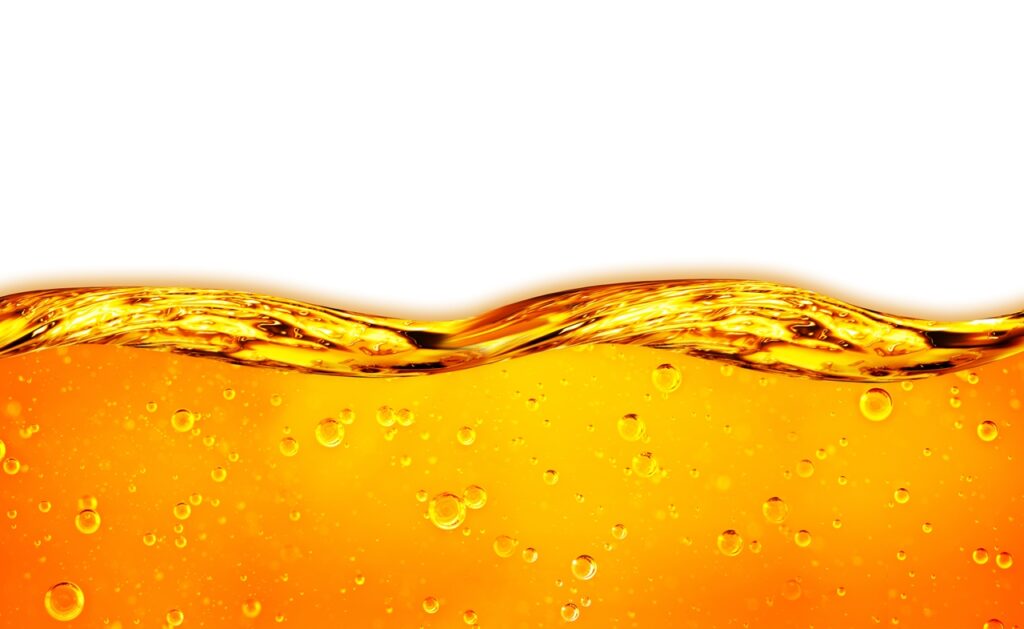
In summer, viscus or thick oils are used to withstand their density in hot temperatures. In this regard, the value after W is noticed in SAE standards. If it is 40 or above, the product is useful in summer.
- 10W 40 engine oil: (All-round performance, suitable for both winter and summer in Pakistan)
- 10W 50 car engine oil: (Its value 50 after W shows it will keep its more dense form at 100 degree centigrade. Suitable for high temperature conditions)
- 20W 50 engine oil: (Made only for summer as 20 before W means this product will be dense even at low temperature and 50 after W indicates that it will keep its density at 100 degree centigrade as well.)
Select the oil according to the age of your vehicle
Some experts believe that the older your vehicle becomes, the thicker or denser oil it needs to run smoothly. But you need to see what your car manufacturer says in this regard.
How often should you change the engine oil of your car?
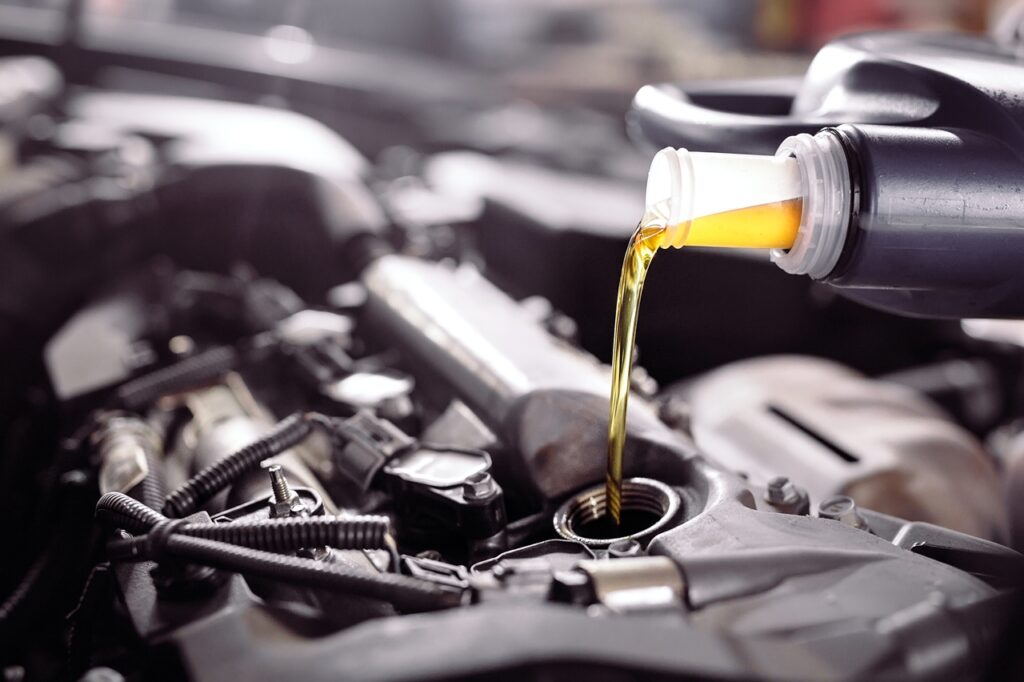
You should change the motor oil as stated in your car’s user manual. Most car manufacturers recommend changing it after specified KMs or months (whichever comes first). Synthetic products last longer than the mineral ones but it is better to be on the safe side and change before recommended time for the safety and durability of your car’s engine.
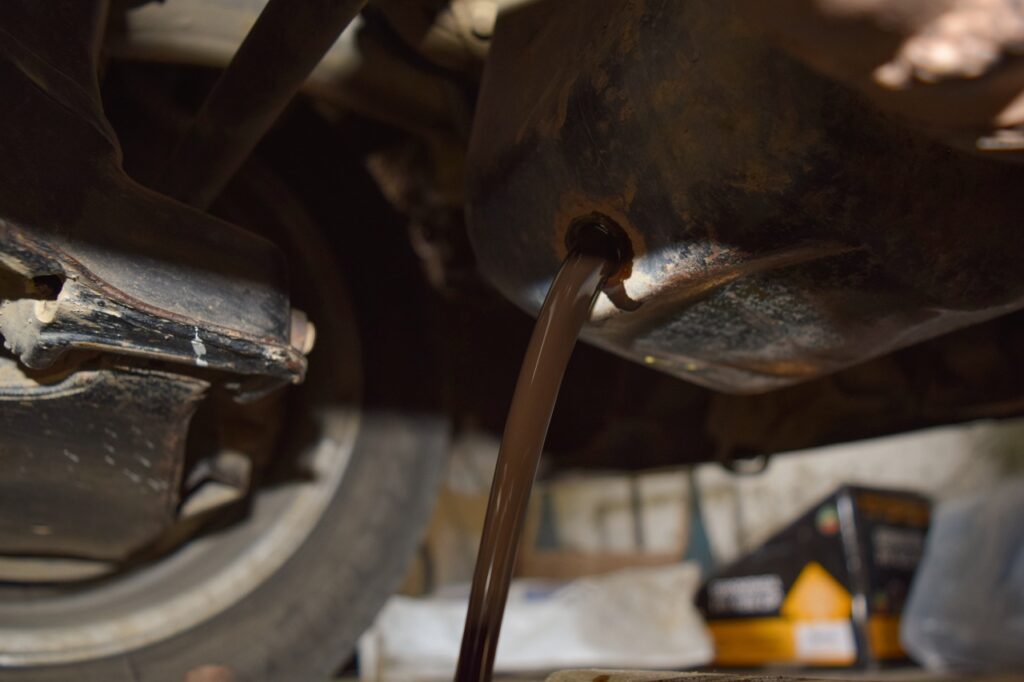
Is the engine oil same for diesel and petrol cars?
There are some differences between the motor oils for diesel engine cars and petrol engine cars which are as follows.
Engine oil differences as per fuel type
Viscosity
| Diesel | Petrol |
| Higher viscosity | Lesser viscosity |
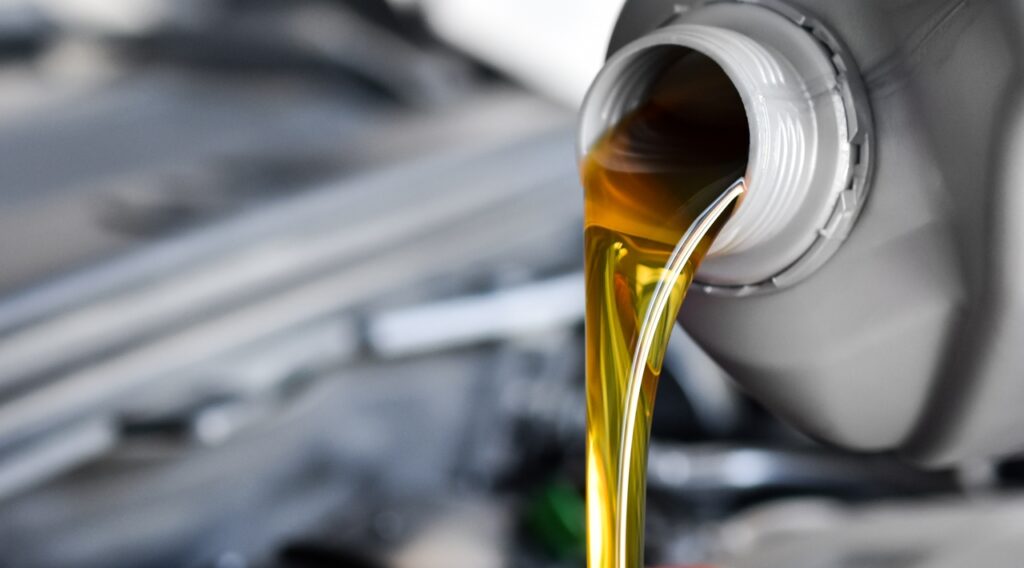
Additive levels
| Diesel | Petrol |
| More additives | Less additives |
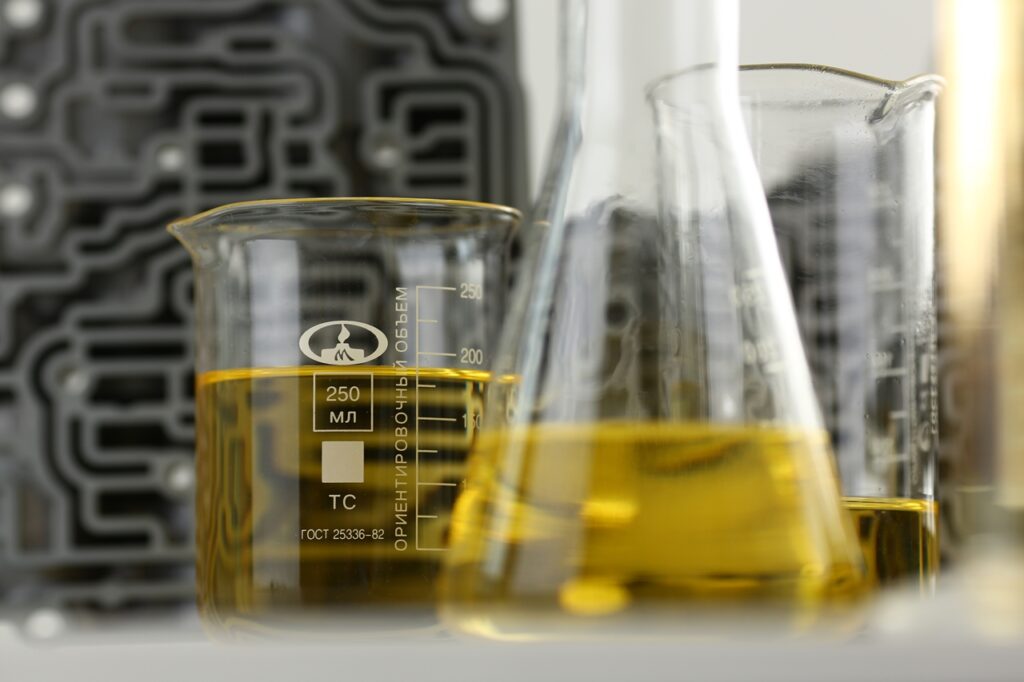
Replacement frequency
| Diesel | Petrol |
| Requires less frequent changes | Requires more frequent changes |
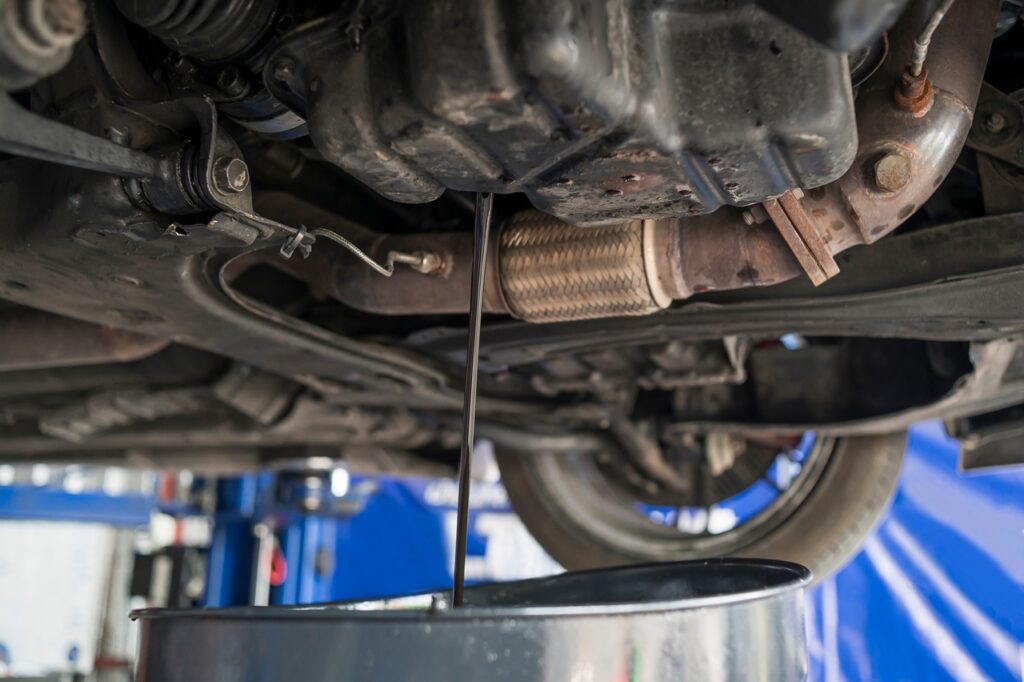
Catalytic converter and emissions
| Diesel | Petrol |
| Higher anti-wear level(catalytic converters in diesel engines are designed to cope with it) | Lower anti-wear level(catalytic converters in petrol engines are not designed to cope with it) |
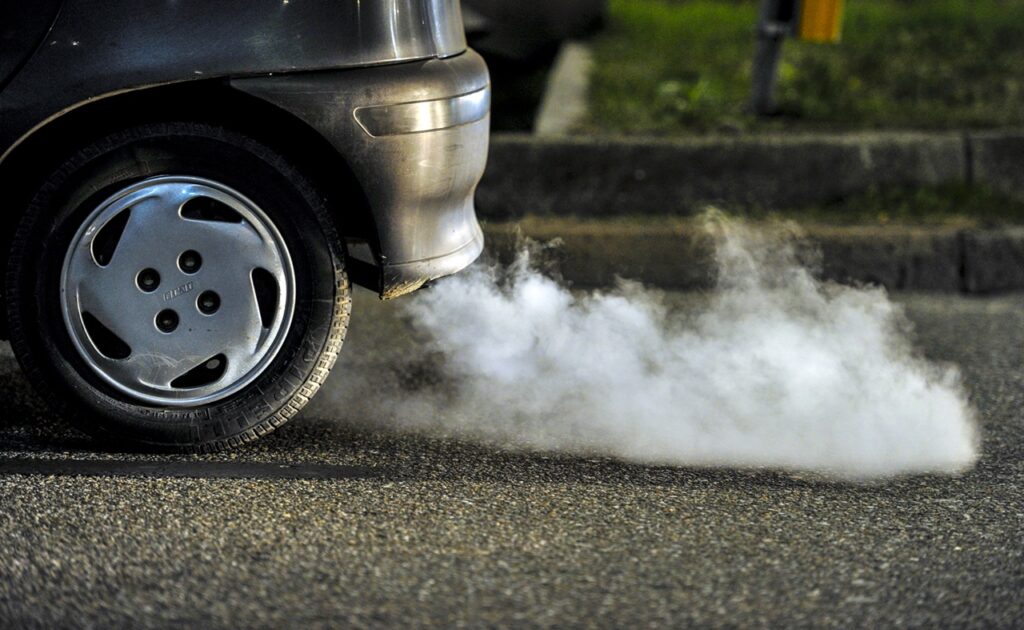
In short, you cannot use oil meant for diesel engine cars in petrol engine cars and vice versa.
Conclusion
Motor oil for a car’s engine is like water for the human body. Choosing the right one is therefore the first step in ensuring a long life span of your vehicle. The aforementioned details are enough to understand the difference between numerous engine oils available in the local market and which one to choose for your car.
Got more tips to choose the best engine oil? Tell us in the comment section below.
You may also like:








Leave a Reply